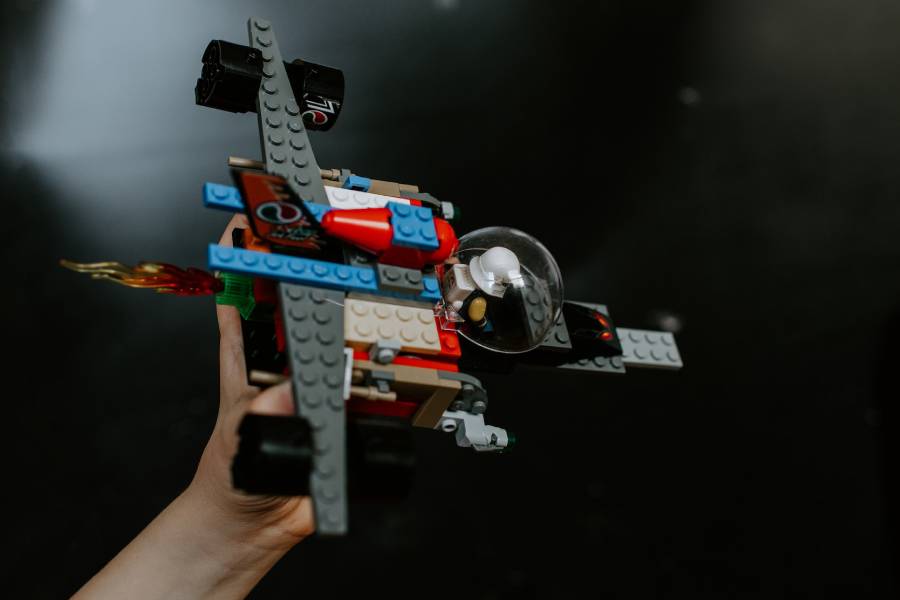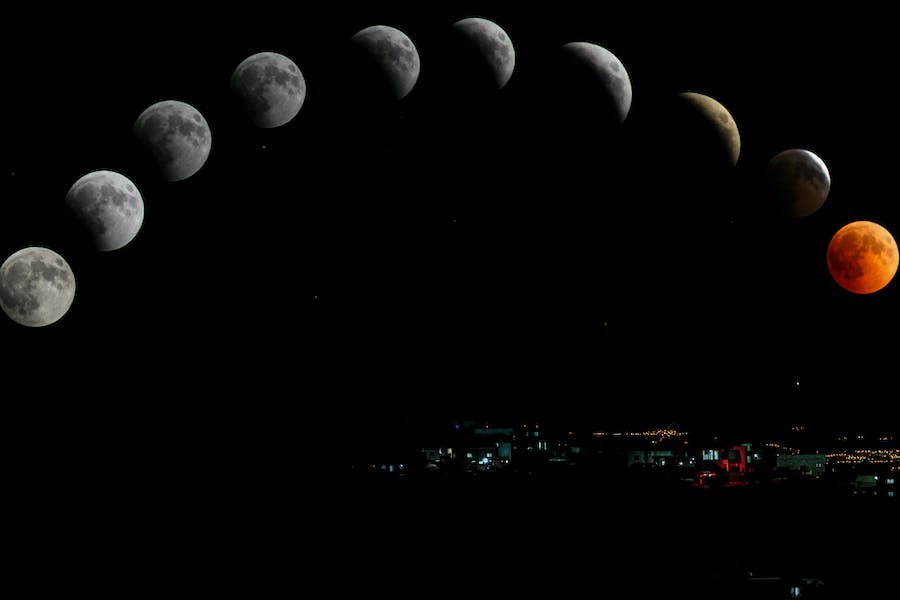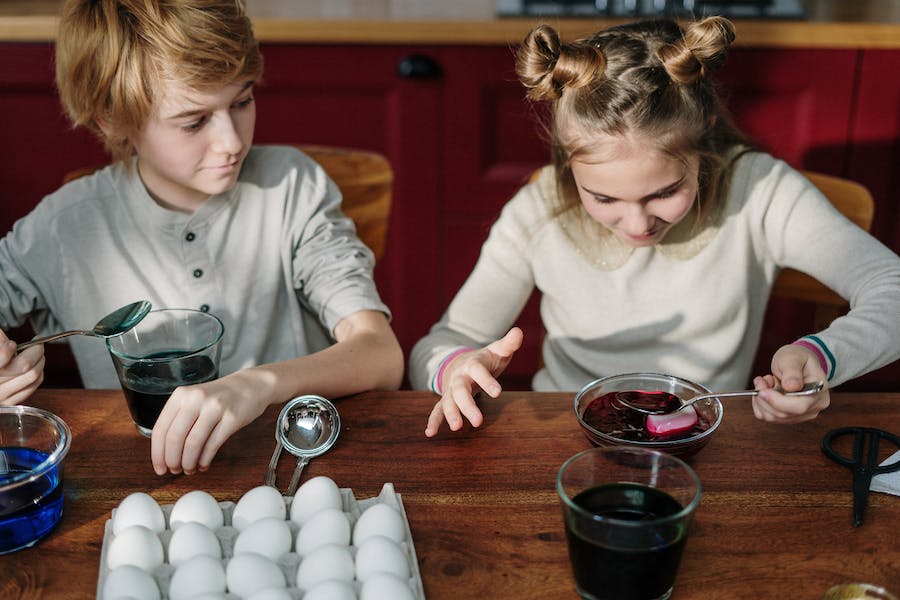Space is the final frontier that has captivated humanity’s imagination for ages. What child hasn’t gazed upward and wondered what exists in the vast cosmos above? Now imagine engaging curious minds with hands-on space activities for kids at home, from exploring solar science to designing model rockets.
This article overviews beginner-friendly, budget-conscious space activities tailor-made to spark your kid’s passion. While targeted at children ages 5-12 under parental supervision, several space projects for kids also appeal.
So, join in our journey into DIY astronautics without leaving the backyard. Let creativity soar while fostering STEM skills from science and engineering to technology and math.
Space Activities for Kids
Encouraging space exploration in kids can be both educational and entertaining. Stargazing is captivating, allowing children to identify constellations and planets in the night sky.
Furthermore, engaging in model rocketry provides hands-on experience in building and launching rockets to understand basic space travel principles. Space-themed crafts foster creativity, such as making paper plate planets or creating galaxy art.
Additionally, exploring age-appropriate space books and apps offers valuable knowledge and sparks interest. Interactive games focused on planets and astronauts provide entertainment and education, contributing to a child’s understanding of space concepts.

Motor Skills Development
Model rockets – Affordable options for manual dexterity
Crafting rockets from household items allows opportunities to cut, glue, color, and assemble, promoting fine motor skills. Also, following instructions exercises concentration while customizing encourages creativity.
Moreover, engaging in rocket launch experiments involves gross motor actions like running while tracking launched rockets. Design iterations also improve fine motor skills and problem-solving. Whereas, measurements and modifications develop coordination through tangible tasks with engaging outcomes.
Developing coordination through model rocketry
Engaging in open-ended building and launch activities is a dynamic visual tracking exercise, fostering essential skills development. These activities demand meticulous hand-eye coordination and manipulation of materials.
Children are challenged to conceptualize designs and consciously apply motor functions to bring their ideas to life. Young hands construct tangible creations and acquire new strengths and control as they progress, laying the groundwork for future technical applications.
The entire process of creativity, model building, experimentation, and analysis becomes a comprehensive design journey tailored to the capabilities of children. Through this iterative cycle, they gain valuable insights into what works and doesn’t, nurturing a holistic understanding of the creative process.
When children delve into model rockets, they delve into the experiential world of force and motion physics. The hands-on nature of grasping these concepts creates an enthusiastic engagement with learning. The applied knowledge paves the way for a deeper exploration of STEM topics, laying the foundation for future innovators.
Building and Artistic Projects
Construction challenges — Model rocket ships
Building block rocket ships offers engaging design puzzles that foster problem-solving skills. By selecting colors, sizes, and shapes, participants are prompted to exercise their independence.
Collaborative efforts are also encouraged, promoting teamwork among the children. The step-by-step assembly not only hones fine motor skills but also instills a sense of accomplishment as finished products are proudly displayed.
Comparisons of different rocket structures visually explore varied engineering solutions, providing a rich learning experience. The presentation of the entire process solidifies mastery, offering a comprehensive understanding of the journey from design to completion.
Creative endeavors – Space artworks
Generating space activities for toddlers catalyzes personal visions, transcending the realms of astronomy photographs to fantastical encounters with extraterrestrial beings, all brought to life through diverse artistic mediums. Whether it’s painting vibrant planets, sketching the exhilarating launch of a rocket, or molding clay into enigmatic UFOs, each endeavor sparks a journey of innovation.
Engaging in the creative process, young artists find their inner visions taking tangible form through the freedom of expression. Embracing a freeform approach, they discover that mistakes are not stumbling blocks but stepping stones to resourceful solutions, fostering resilience instead of resignation.
Ultimately, the culmination of this artistic exploration is showcased in exhibitions, providing a platform for young creators to validate and celebrate their final pieces. This creation, innovation, and validation cycle propels the artistic spirit forward, empowering a new generation of creators to boldly articulate and share their unique perspectives.
Night Sky Exploration
Lunar observation
Observing Moon phases remains accessible even in urban environments, allowing for a captivating exploration of celestial patterns. Each night, tracking the lunar changes instills a sense of wonder and imparts valuable insights into the rhythmic dance of the cosmos. Enhancing this experience is recording sightings through drawings and photos, fostering a deeper engagement with the celestial spectacle.
Engaging children in the nightly ritual of checking Moon phases establishes a direct connection to the ever-shifting cosmic cycles. By comparing these observations to calendar dates, young minds discern the recurring patterns of waxing, waning, and crescent phases.
Further enriching the educational journey, learning to identify the Moon’s position in the sky about familiar constellations and visible planets enhances observational skills in amateur astronomy for kids. This skill set extends beyond mere identification, empowering young astronomers to track lunar movements precisely.

Connecting stars
Engaging in constellation art ignites creativity and embeds star names into memory. Forming mythic shapes by connecting dots serves as a powerful reinforcement of celestial knowledge. Personalized star charts, adorned with creativity, solidify the learning experience.
The act of inventing original constellations and crafting accompanying stories not only activates imagination but also reinforces the recollection of official clusters. Vibrant diagrams vividly illustrating children’s celestial interpretations prove more effective for retention than traditional rote memorization methods.
Constellation catalogs play a crucial role in documenting discoveries for future generations. A dynamic aspect of learning unfolds as kids eagerly share and explain their unique star pictures with peers.
STEM Projects
Orrery constructions
Making a Solar System model demonstrates orbits and mechanics. This hands-on project has sizes representing planetary comparative scales. It shows orbital times and tilts, illustrating seasons.
Furthermore, building a desktop Solar System model teaches spatial frameworks. Observing rotations and revolutions imprints concrete representations of abstract concepts. Also, grasping workings inspires questioning deeper meanings.
Gaining perspective
Kids appreciate the enormous spaces between celestial bodies when tracking solar system movements. Seeing tiny spheres circle prompts realizing Earth’s insignificance yet preciousness. Simple demonstrations profoundly reshape perspectives.
Moreover, pondering the sheer scale of our solar neighborhood breeds awe. Plus, sparking inquiry about humanity’s long mission quest outward from isolated home worlds broadens the conception of possibilities awaiting in space.
Experimenting explorers
Blending materials such as clay mimic crater formations upon impact, shedding light on the origins of distinct markings on airless moons and planets. Tailoring consistency serves as a practical exploration of geological concepts.
Balloon rockets create a tangible encounter with Newton’s laws of motion. This hands-on experience empowers students to grasp the foundational principles of physics. It fosters a direct connection to the intricacies of space travel through interactive learning.
Also, delving into simplified rocket designs offers insight into the nuanced trade-offs inherent in authentic aerospace engineering decisions. Balancing propellant against payload weight or prioritizing parachute recovery becomes a lesson in systems thinking as students navigate the complexities of design and functionality.
Chemistry Creations
Kitchen cosmology
DIY lava lamp for space exploration utilizes oil, water, and effervescent tablets to simulate planetary cores. Density-driven blobs mimic convection currents within Earth, leading to volcanism.
These everyday reactions model the unseen forces flowing within our world and others. As children excitedly witness gloopy bubbling lava, discuss real volcano formations for more meaning.
Experimenting explorers
Combining liquids with solids sparks intriguing reactions, unveiling a captivating world for curious minds. Children witness the mesmerizing dance of acid-base interactions and delve into the nuanced principles of polarity in physics.
As young scientists embark on their exploratory journey, they engage in hands-on experimentation, meticulously testing predictions and scrutinizing outcomes. Including diverse elements, such as various clay and sand types, introduces fresh variables, propelling their inquiry forward.

Conclusion
We hope learning about the various engaging space activities for kids has inspired you as educators and parents to spark wonder in young explorers. Understanding foundational astronomy, rocket science, and space program accomplishments is the beginning step to fostering curiosity.
This article has provided DIY options from model solar systems to art projects for sparking self-directed learning about the cosmos in your backyard. As children gain hands-on perspective through various space activities, may their new comprehension instill awe. May it instill awe at the vastness awaiting discovery across our universe.
Equipped with involvement ideas scaled appropriately, now prepare launches into the fascinating world of experiential space activities for middle school kids.
